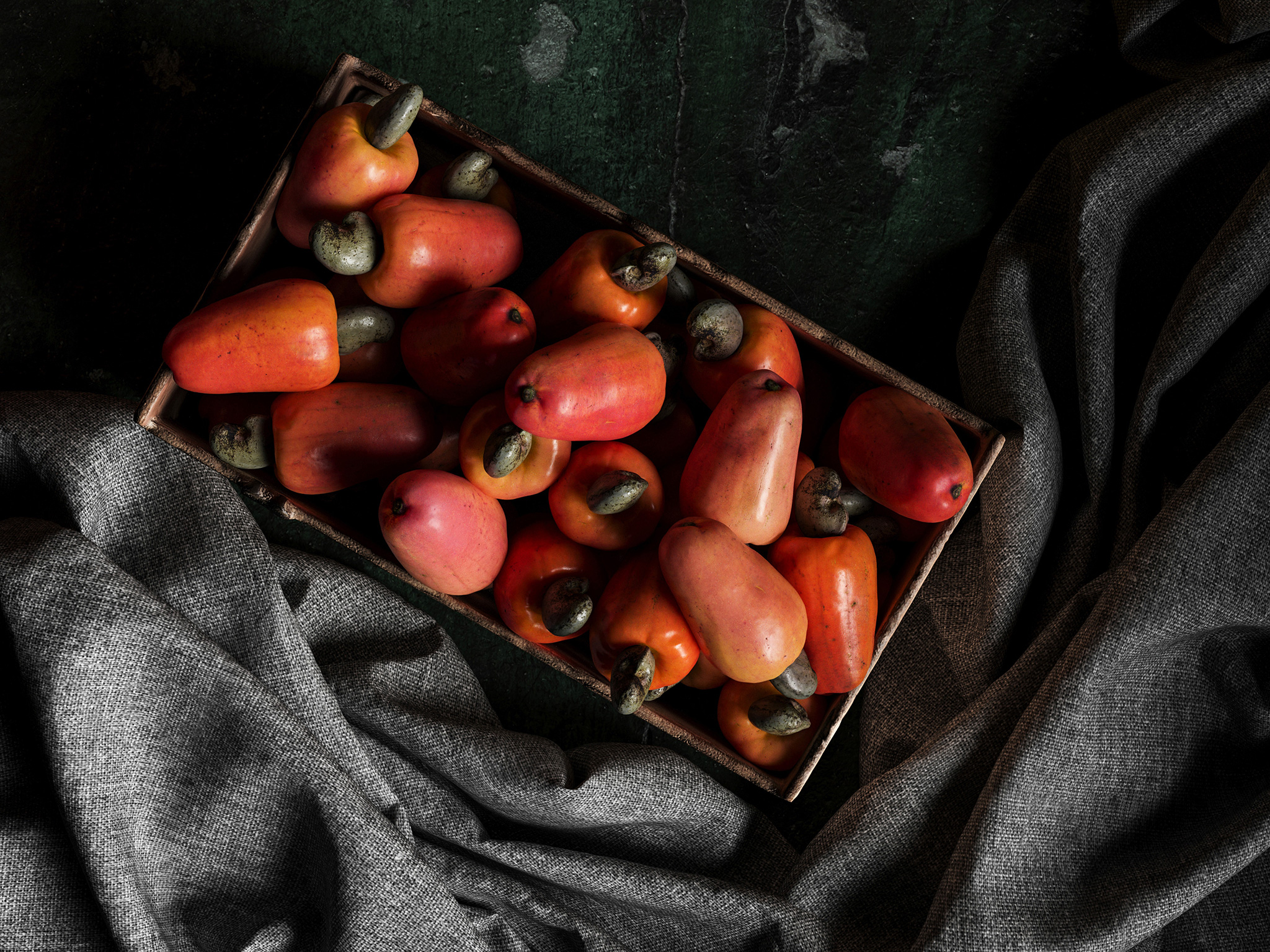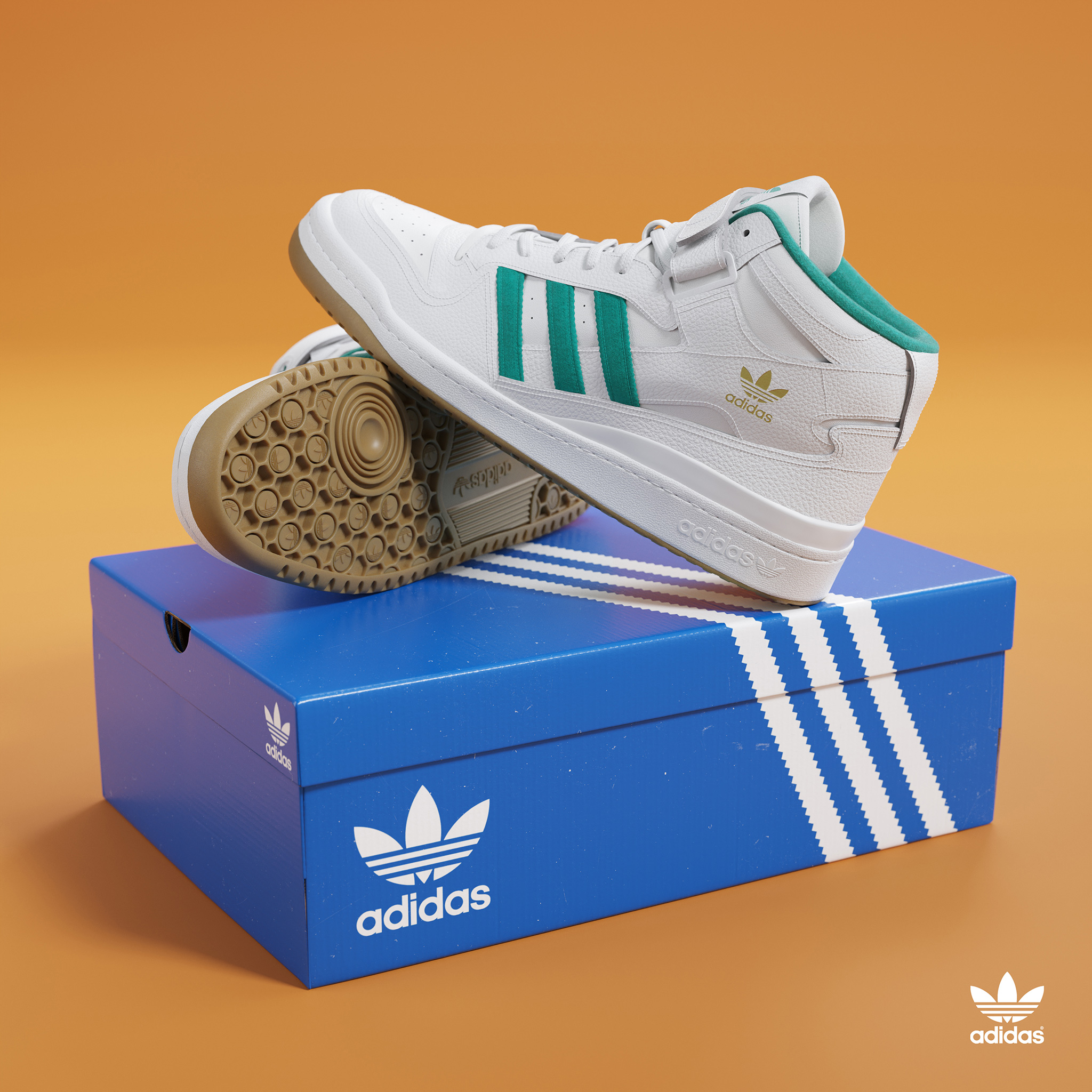 Cars
Cars
 Trucks
Trucks
 Buses
Buses
 Motorcycles
Motorcycles
 Military
Military
 Electronics
Electronics
 Guns
Guns
 Buildings
Buildings
 Aircraft
Aircraft
 Furniture
Furniture
 Characters
Characters
 Animals
Animals
 Spacecraft
Spacecraft
 Food
Food
 Ships
Ships
More
Hi everyone! We continue series of short interviews with the best artists from Hum3D competitions.
Filipe Reis, author of the “Hope in a Dystopian Future”, will answer six questions and give us a look behind the scenes of his work.
My name is Filipe Reis, I’m 31 years old, I’m Brazilian, and I have a degree in Graphic Design. Ever since I was young, I’ve always enjoyed drawing everything, playing video games, and watching movies at the cinema. I remember studying art history for a year in college, and that’s what solidified the idea of working in this field involved with art. I have been working as a 3D artist for over 12 years in the Archviz sector. During this time, I worked in a renowned architecture firm in Brazil for 5 years, which was a very good phase for my career. I developed my aesthetic sense for colors, textures, and image composition. As a 3D designer, I was involved in all stages of project creation, and I fell in love with this field. I became a 3D artist after a conversation I had with a 2D professor in college. My initial plan was to study Maya for the video game sector, but the opportunities that came up led me in a different direction, and I ended up studying 3D Max for Arc hviz. Currently, at my studio, Filipe Reis 3D, I work with several clothing brands in Brazil, creating store designs and new brand launches. Whenever I have some time between projects, I work on personal projects, which I mostly see as a new challenge to study a new technique or software.
I have always enjoyed series like “Black Mirror” and “Love, Death & Robots” (Netflix), and I thought about merging these two series into a single image. The story behind my creation would be set in a dystopian future where highly advanced AI technologies decide to wage war against the human race, resulting in the extinction of humanity and turning Earth into a dark place. However, after centuries of experimentation, the AI finally manages to develop a technology capable of recreating human life.
Software I used: 3D Max 2023 / Chaos Corona / Photoshop – My biggest challenge was modeling and achieving a harmonious distribution of objects in the scene. I also conducted several lighting tests until I achieved the desired result.
Whenever possible, I work on personal projects to update my knowledge. Currently, I have three personal projects that I dedicated a lot of time to (find more works in my Behance):
“The Alley of the Mist” – This project expresses my fascination with complementary colors and ambiguous environments. I tried to express myself by creating a damp alley with dense fog and contrasting warm spots.

“Food Colors Textures” – When I did this project, I was immersed in the world of 3D photogrammetry. I decided to create various fruits for this project and studied how studio lighting behaves. I also delved into rendering for product visualization.

“Adidas – Forum Mid” – I’m passionate about sneakers and the sneakerhead culture, so in this project, I challenged myself to create an ultra-detailed model of a sneaker that I own. After completing the modeling, I created several models with new colors and some collaborations with other brands.

I have a great passion for Brazilian art, and these are some artists and artworks that move and inspire me.
Book – O xangô de baker street – (Jô Soares)
Film – Estômago – (Marcos Jorge)
Painter – Os Azulejos – (Adriana Varejão)
Music – Açaí – (Djavan)
– References for models, materials, lighting, and composition.
– Having an organized workflow, usually using Trello or Miro for that.
– Studying new technologies.
– Maintaining a healthy routine with exercise, nutrition, and a good night’s sleep.
– Learning something new outside the 3D field, having a hobby.
Add a comment